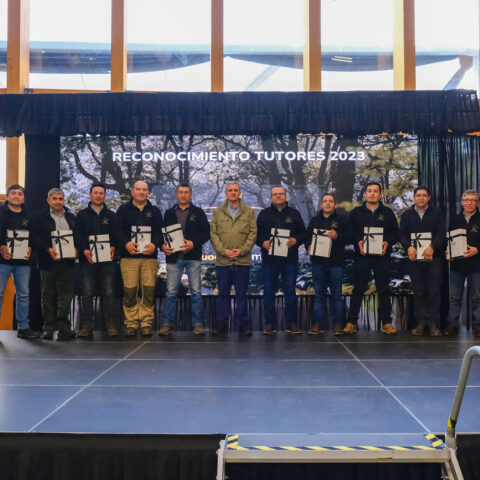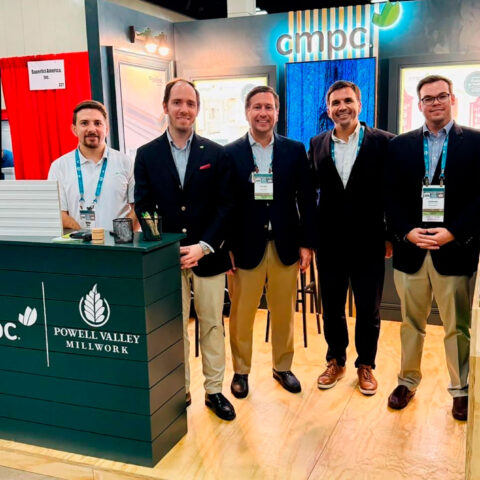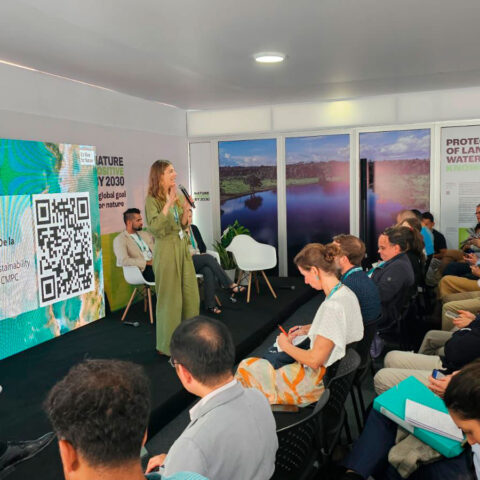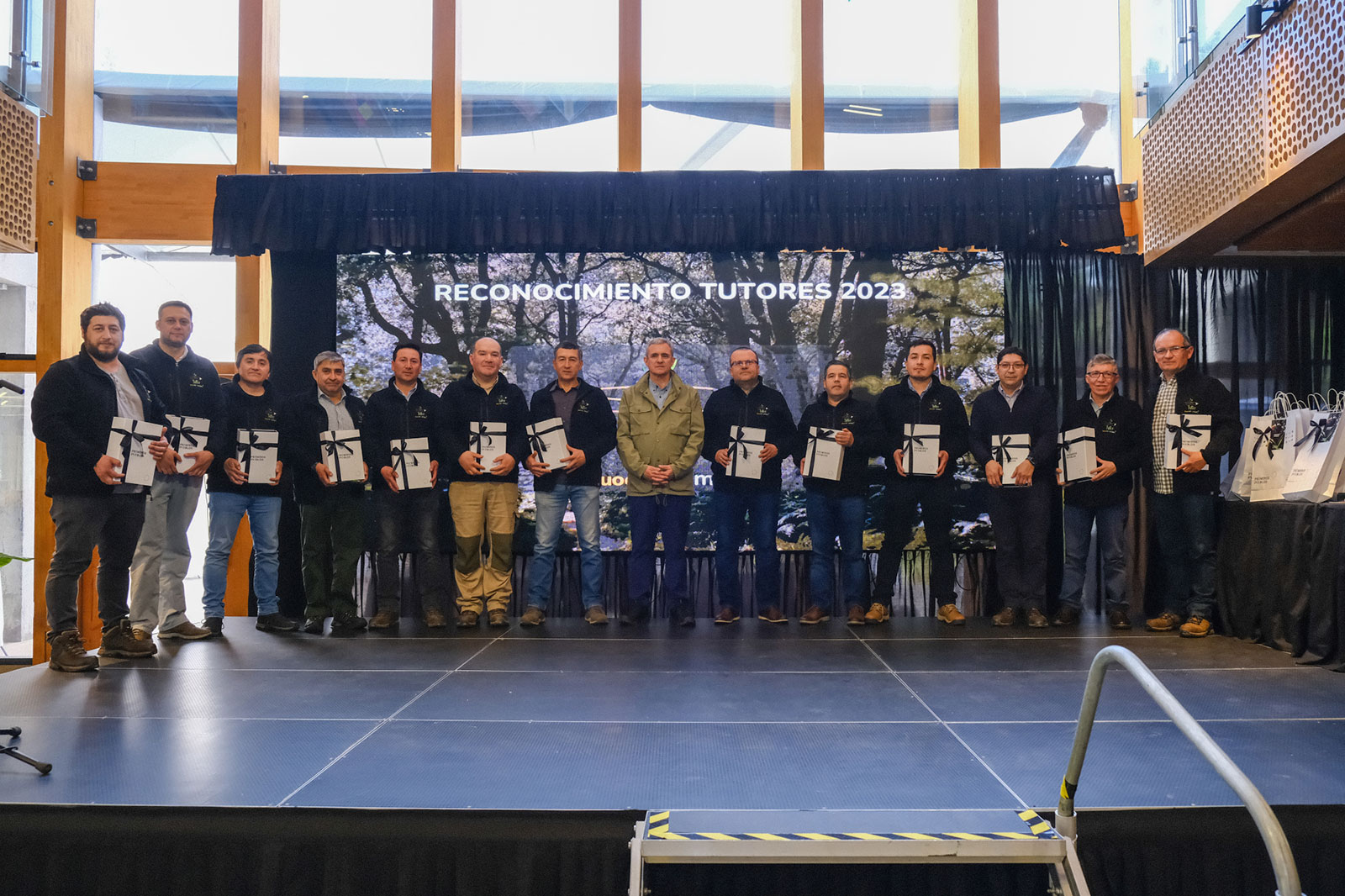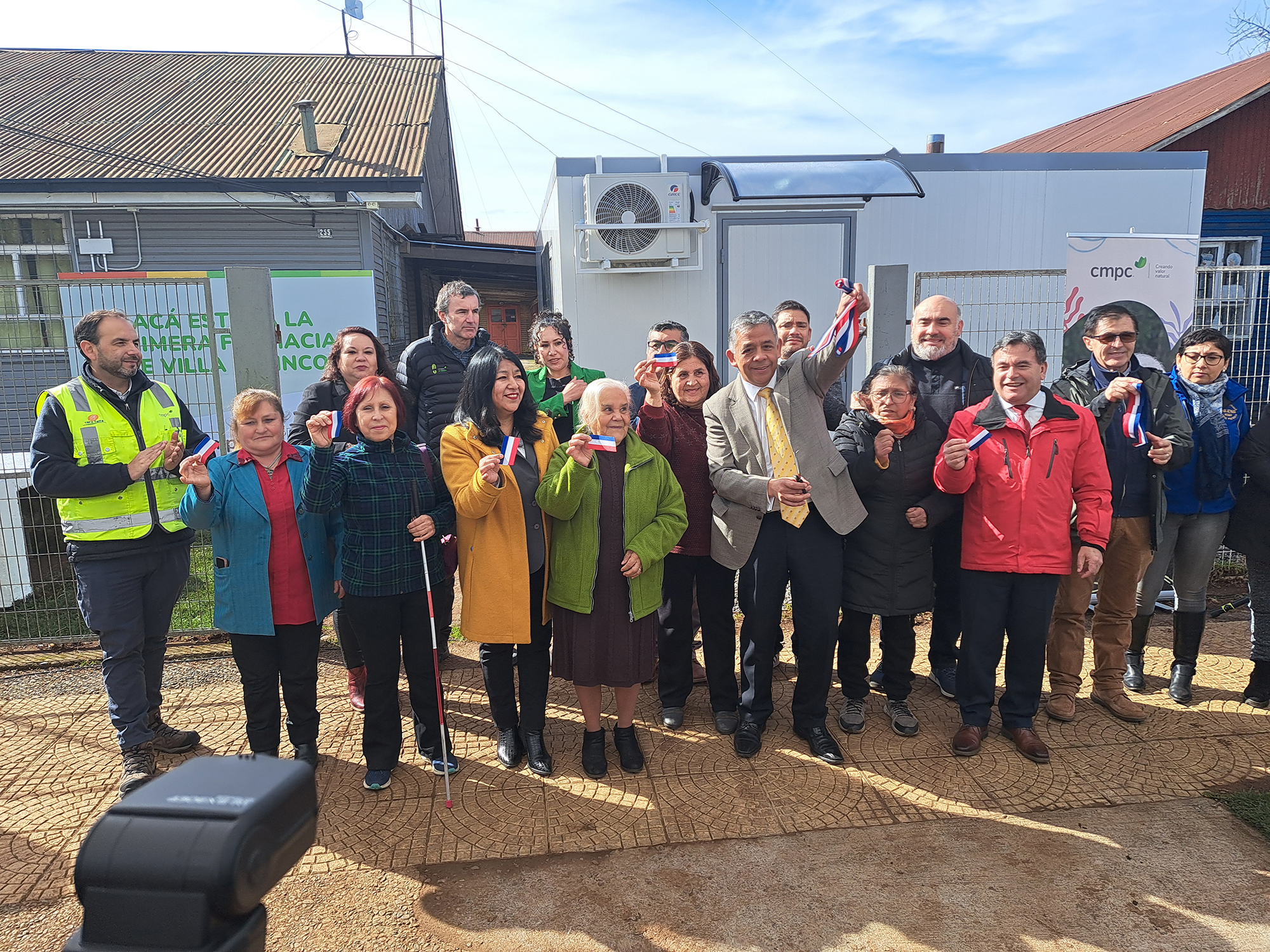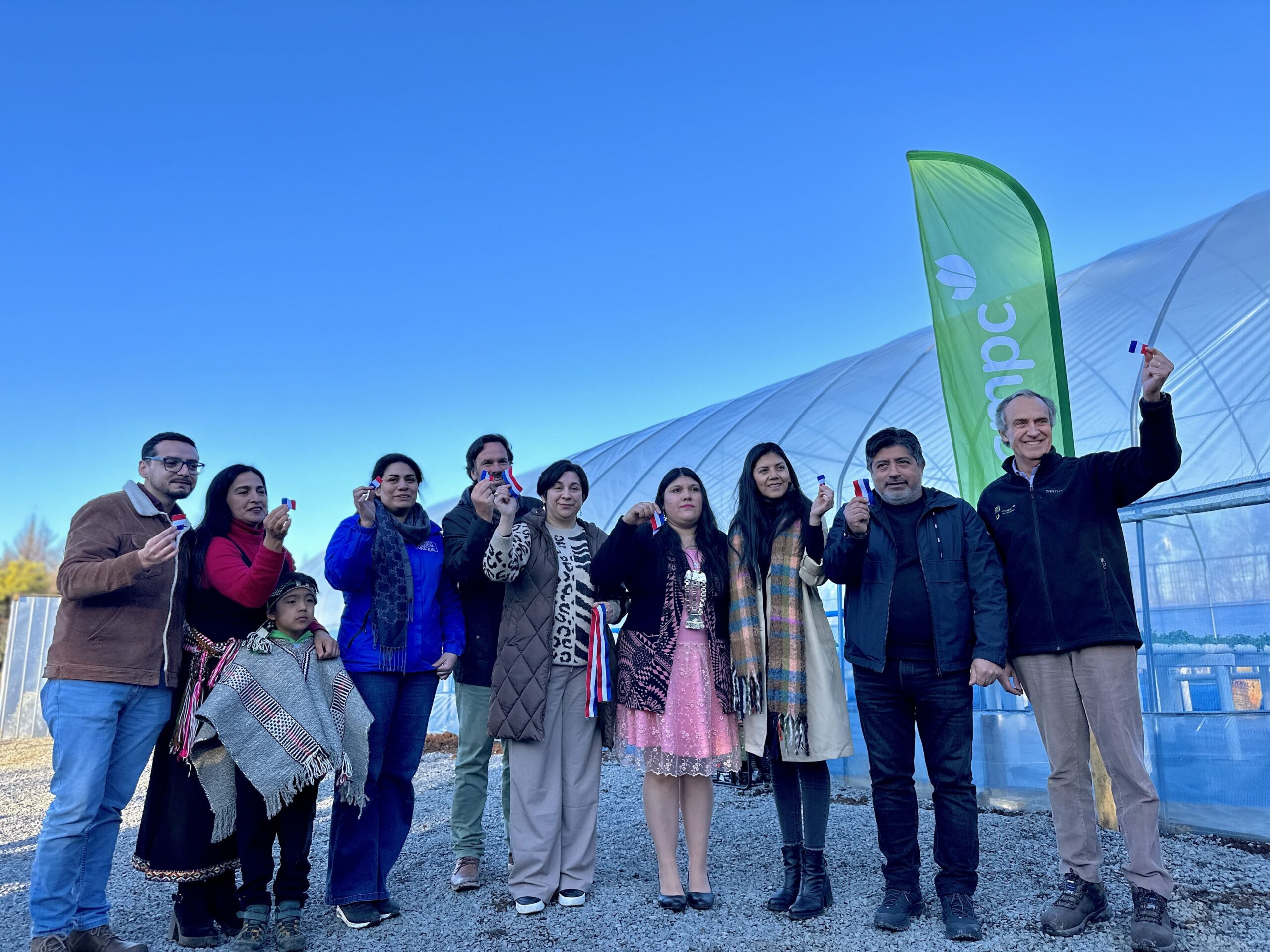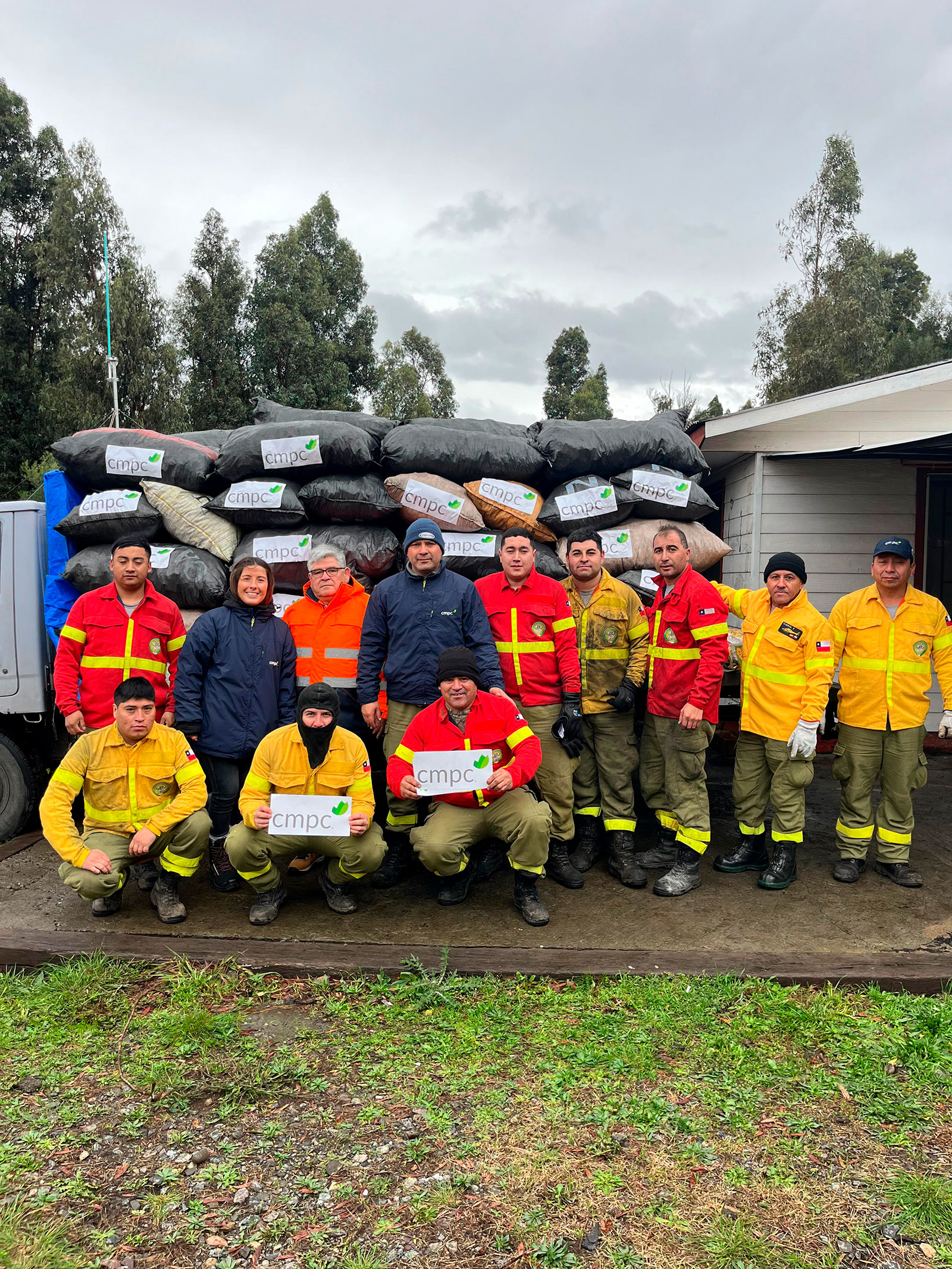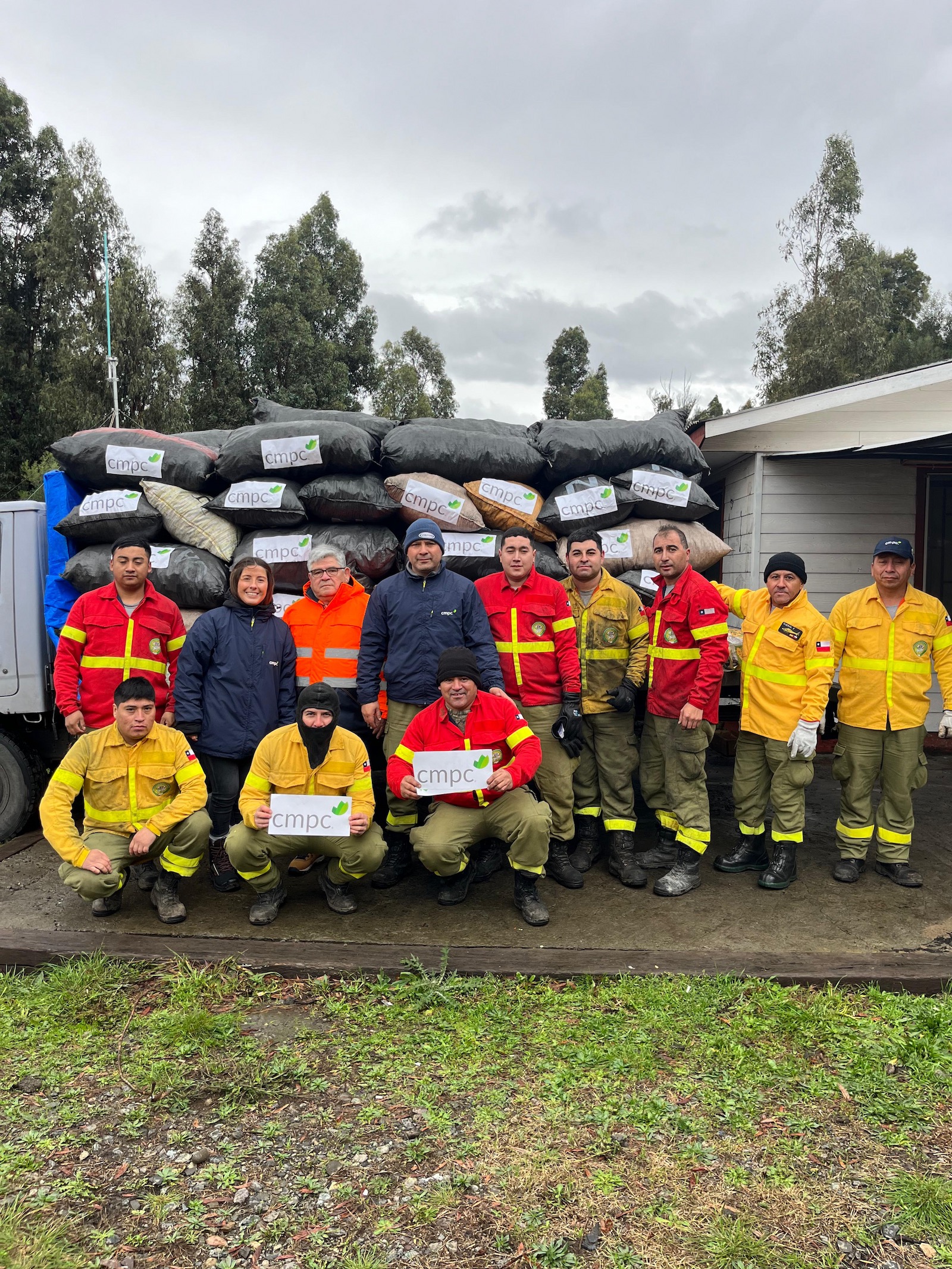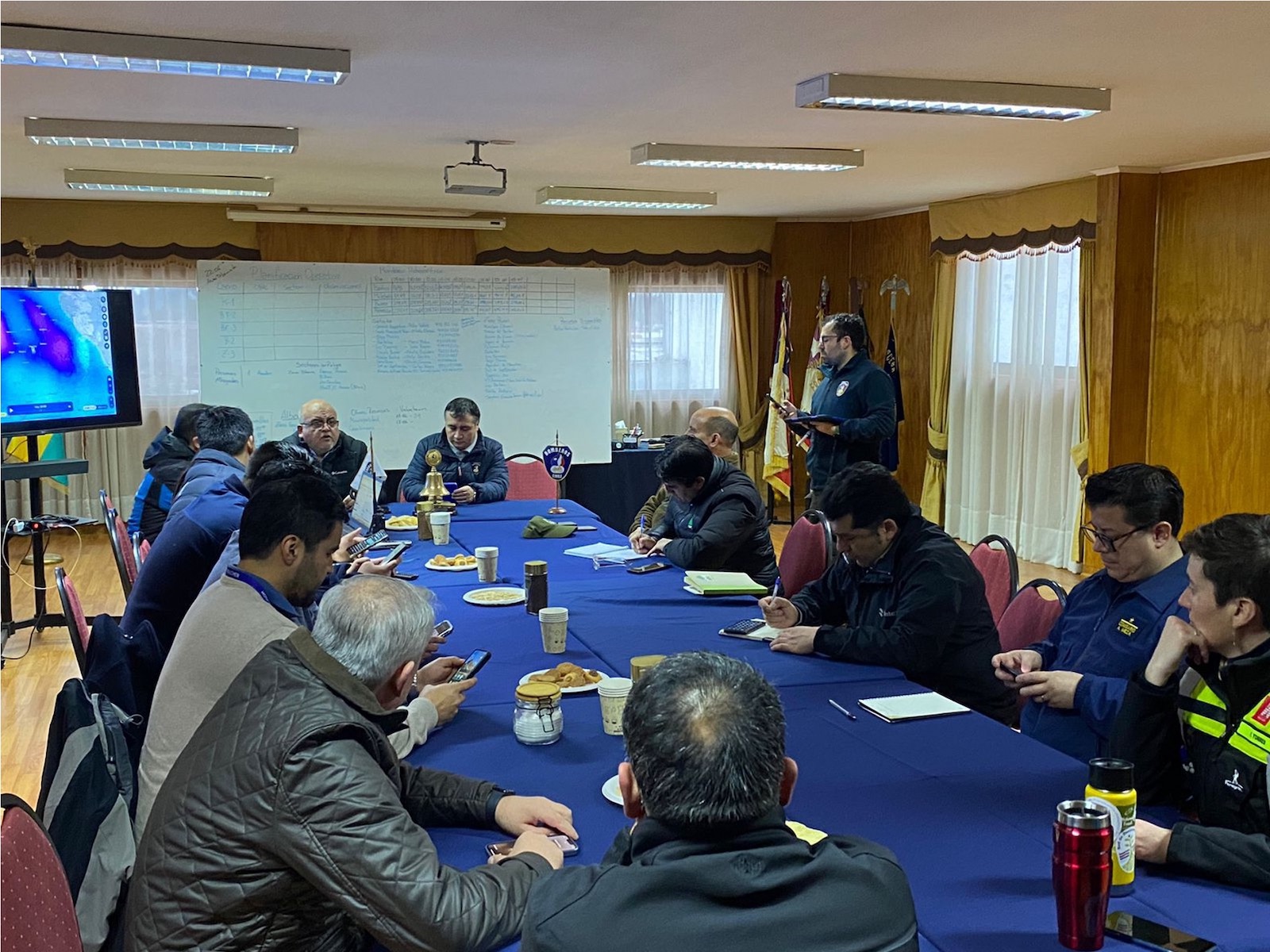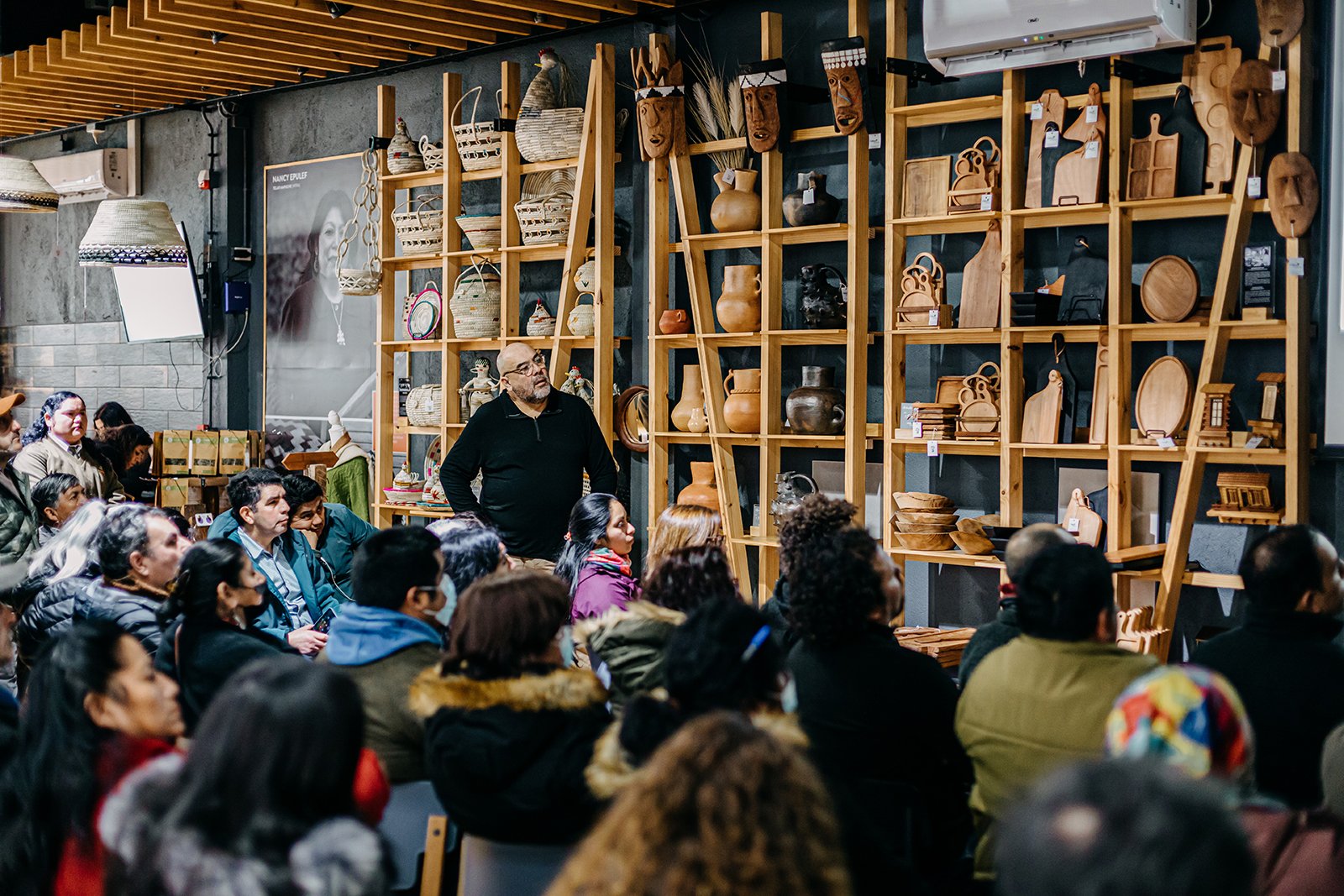
CMPC brought together beekeepers from southern Chile in an unprecedented seminar
04 de August, 2023
More than 60 people gathered for “Beekeeping: natural value” to catch up on the latest trends in the sector and its relationship with forest properties under the framework of the Bosque Vivo [Living Forest] program in a bid to further develop local initiatives.
“We are the caretakers of bees, and more than 70% of the food produced for human consumption has to be pollinated,” said Alberto Araya, beekeeper and president of the Kormenia Committee of the district of Carahue, a town in south-central Chile. Araya, who has 27 hives and has been a beekeeper for 13 years, highlighted the important role that bees and therefore beekeeping play in the ecosystem.
According to figures discussed at the seminar “Beekeeping: natural value”, there are around 8,000 beekeepers in Chile, owners of more than one million hives in total. For them, honey production is their primary domestic financial support.
A total of 60 beekeepers met at Espacio Fibra Local [Local Fiber Zone] in Temuco in the La Araucanía Region as part of this first seminar promoted by CMPC, which featured the exhibition of leading academics in the realms of forestry and agronomy. A number of talks deepened the close relationship between the forestry and beekeeping industries.
Dr. Jaime Espejo, an expert in native Chilean flora and researcher, gave a presentation entitled “Pollination-Description, characteristics and importance; corporate and community roles”. This was followed by a presentation called “Positioning Chilean honeys in the market through added value” given by Rodrigo Figueroa Espinoza, dean of the Faculty of Agronomy and Forestry of the Catholic University of Chile together with Gabriel Núñez, a beekeeper and researcher associated with the Laboratory of Botany and Beekeeping Projects within the Faculty of Agronomy at the same educational institution.
According to Figueroa, “We must remember that, although it would appear to be a minor activity, this type of livelihood generates a relatively stable income for many families. That is why as a university we’re interested in making our contribution and transferring this knowledge so these products can obtain a higher value, are better positioned in the market and so that these sectors get developed even further”.
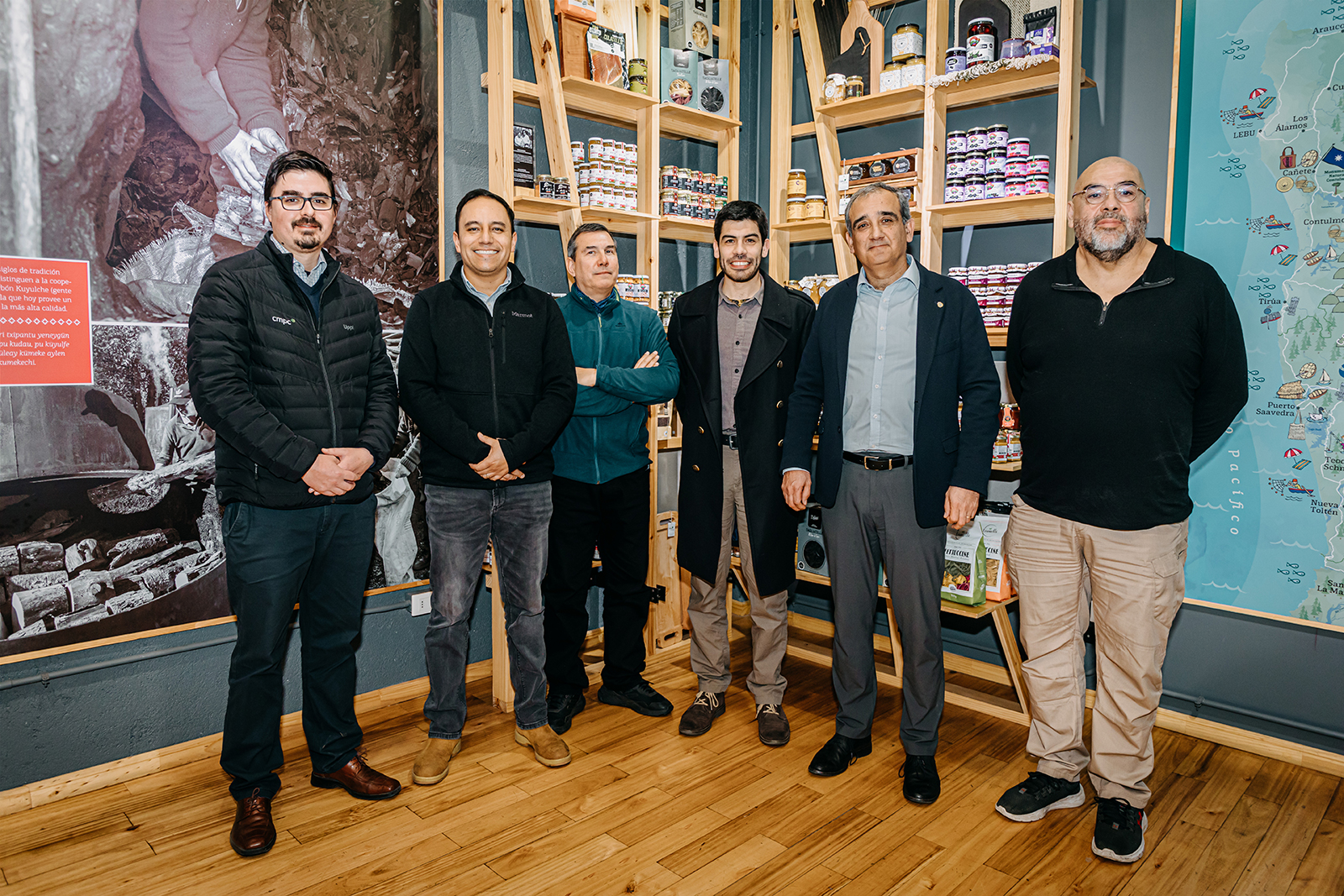
For his part, Gabriel Núñez, who is currently studying the work of beekeepers associated with forestry projects in conjunction with CMPC and the Catholic University of Chile, said there have been interesting findings, such as the antibiotic potential of honey. “When we talk about differentiation, the native flora is what sustains these honeys that are unique in the world (…) We have found some, but not all, honeys have antibiotic potential, meaning the ability to kill bacteria with medicinal properties that are comparable to the synthetic antibiotics used today. Therefore, what may be going on here is that many of these honeys are natural antibiotics. And that value, those two things combined, might in fact be a very significant aspect for differentiation and added value”, he said.
Alberto Araya also highlighted the role of forests in this process since “They’re one of the main sources of sustenance because the bee has the role of pollinating, but at the same time extracting inputs from forests. The bee draws out certain properties of those trees, which get incorporated into the honey. We then enjoy honey or other products like propolis”.
CMPC Public Relations Deputy Manager for the Southern Territories in Chile, Juan Pablo Fuentes, said that one of the aims of this seminar was for beekeepers to learn more about the honey production process and how it relates to their farms. “We have high conservation value areas that are water producers and native forests where bees come for nourishment so they can carry pollen and produce honey. Ultimately what we’re looking for is for beekeepers to learn more about traceability and the honey’s particular composition”.
Living Forest to experience the forest
In order to highlight the importance of forests’ ecosystem services, CMPC promotes the Living Forest initiative, a project that opens up the forested land closest to urban centers in Chile to area residents. The initiative seeks to raise awareness about the utility of forests and the services they provide, as well as plantations, their forest management and the resources found therein.
Living Forest includes a number of actions to enhance the activities developed around plantations and native forests that are related to non-wood forest products, such as gathering wild fruits, mushrooms, or medicinal herbs and beekeeping.
The cycle of seminars for beekeepers and the Forest School aimed at grade school students are just a few of the program’s activities.
Likewise, one of Living Forest’s main objectives is to encourage recreation and engaging in outdoor sports. This is why CMPC has already made three parks available on its premises: Pumalal in Temuco, Junquillar in Angol and Lastarria in Loncoche.

